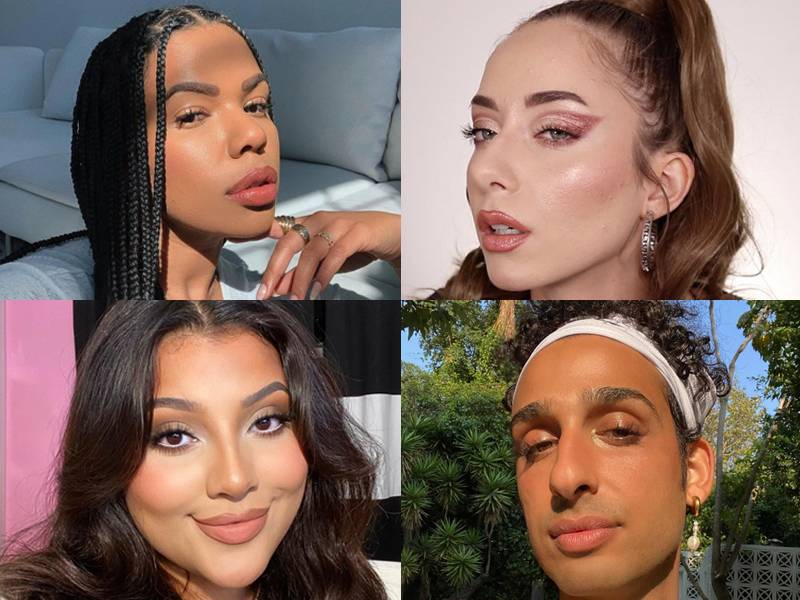The age of ‘Instagram Face’ is over
To discover what inspired the shift away from aspirational beauty culture, Seja Al Zaidi speaks with three seasoned pioneers in the Australian beauty industry on curated authenticity, and how advertisers need to adjust to a future of blemished, imperfect beauty marketing, facilitated by TikTok’s controversial yet powerful algorithm.
The masses no longer desire perfection: a seismic migration to TikTok has seen the beauty industry scramble to adapt to a new era of beauty consumers, who readily wave their pitchforks at picture perfect advertising and crave curated ‘authenticity’.
A new hallmark of Australian culture appears to be a stalwart satisfaction with widespread diminished efforts invested into personal care post-COVID. When the need to exhibit ourselves to the public sphere on a daily basis dissipated, consumers rejoiced – and pivoted. The ‘new normal’ also meant new standards for their consumption habits; and these consumers are firmly allocating their purchasing power to brands and influencers who embody their newly curated values: relatability, authenticity, diversity and vulnerability.



Next, is it possible to eradicate the zillions of ‘influencers’ that have infiltrated the universe with their nonsense.